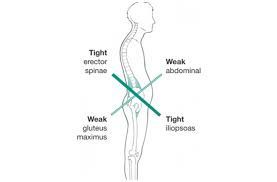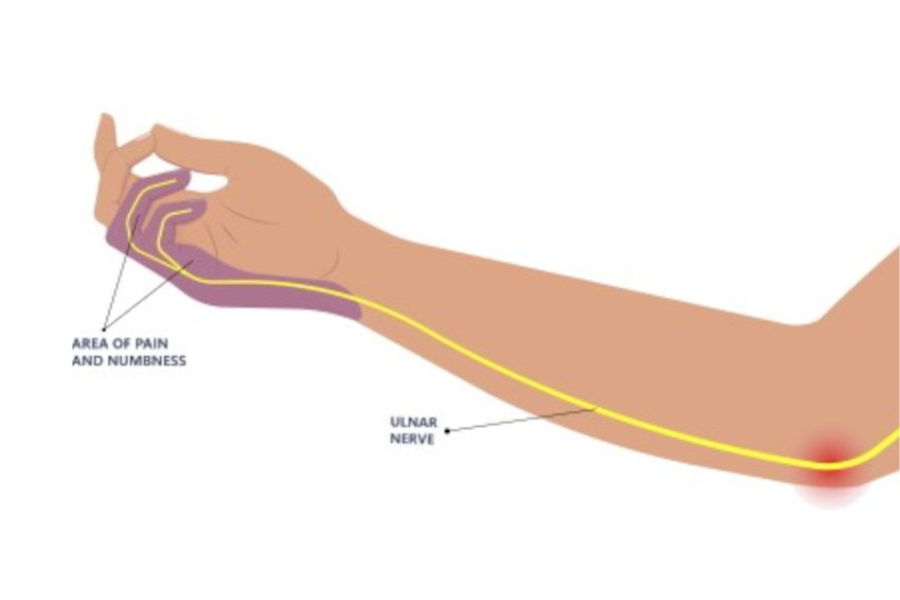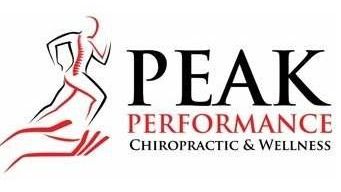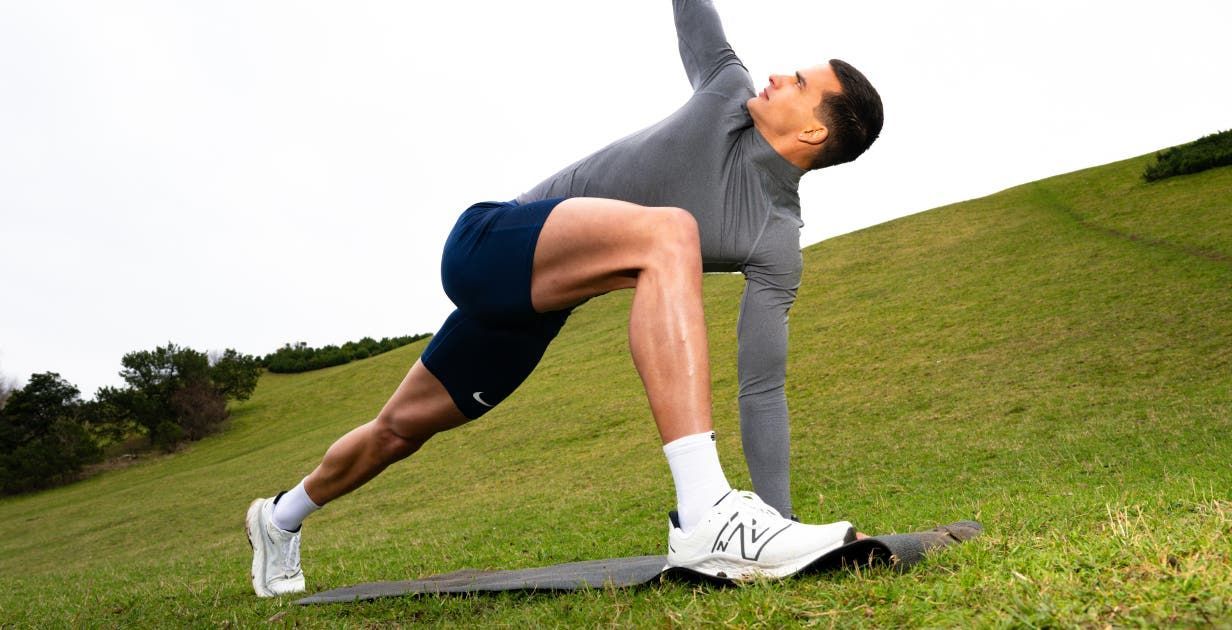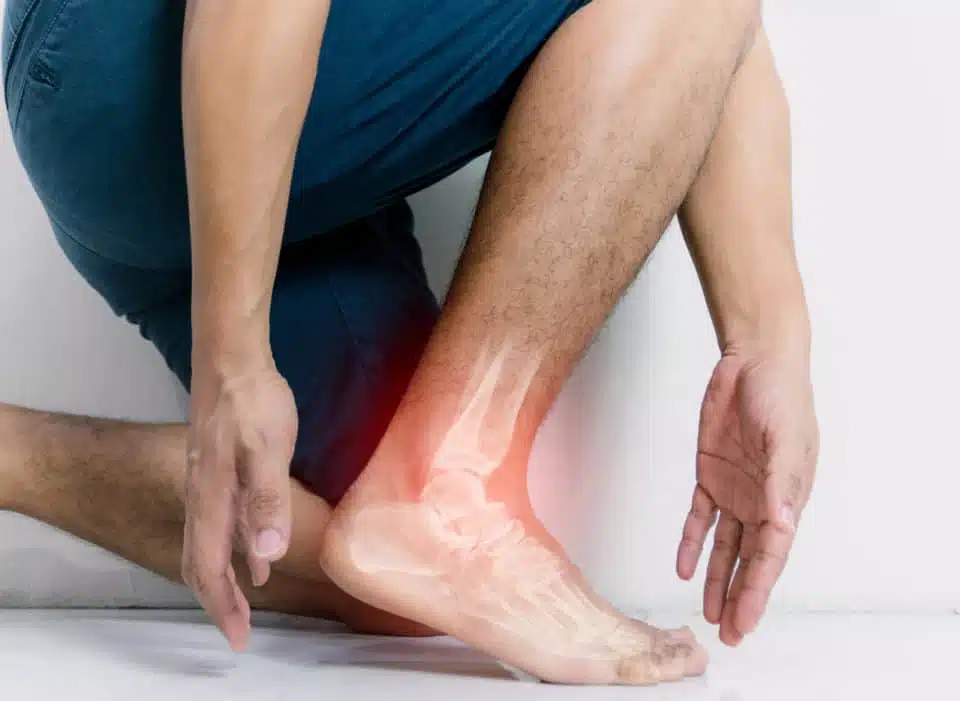Dante and Vincenzo Mancuso Toy Foundation

Peak Performance Chiropractic collected toys to support this foundation. The Mancuso family is a local WNY family who have lost two of their sons/ brothers tragically. The family likes to remember their loved ones during the holiday season by collecting toys and donating them to Women’s and Children Hospital of Buffalo. The family personally hands them out to children staying in the hospital during Christmas time.

